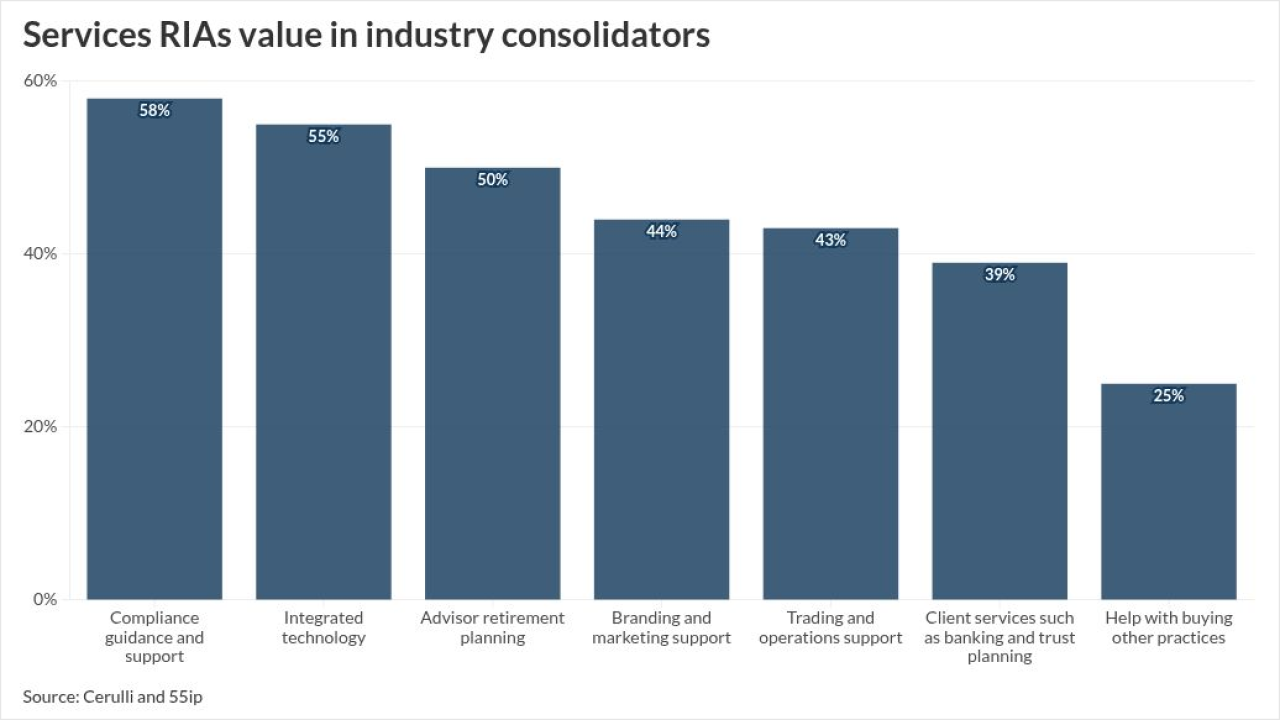Remember the DOL Fiduciary Rule?
The Fiduciary Rule, which outlined the fiduciary responsibilities of financial professionals to retirement account holders, was initially supposed to be phased in starting in 2017. The rule prompted intermediaries to re-examine the funds in which they placed retirement investors, and explore new fund share classes. Though the U.S. Fifth Circuit Court vacated the Fiduciary Rule in June 2018, the repercussions for the mutual fund industry continue, especially with the SEC’s Regulation Best Interest (Reg BI) on the horizon.
Ongoing movement by the Securities and Exchange Commission (SEC) and other regulators to clarify the responsibilities of broker dealers and investment advisers who provide investment assistance to investors continues to impact our industry. SEC Chairman Jay Clayton has said that finalizing Regulation Best Interest is a top priority for 2019. The proposed regulation mandates that broker-dealers put their clients’ best interests above their own. It also seeks to clarify fiduciary requirements for investment advisors, requiring them to disclose their financial incentives when offering a product to clients.
The proposal has attracted some criticism for failing to define what “best interest” means and for creating separate standards for advisors versus brokers. The perceived confusion about “best interest” extends not only to investors but also to intermediaries, who appear to be interpreting “best interest” in different ways.
As intermediaries head in varying directions to adjust their fund menus and formulate their interpretations of what “best interest” means, fund managers are assessing their distribution models and may be rolling out new share classes that may or may not align with intermediaries’ needs. It’s a conundrum for fund managers as they navigate this evolving regulatory and competitive landscape.
It’s easy to assume that intermediaries and end investors are looking for the fund with the lowest possible cost, and in some cases that may be true -- but cost isn’t the only criteria, nor is it necessarily the most important. The lowest cost fund may not be the right choice for the investor. Investment decision makers need to evaluate costs in the context of performance and understand how certain sectors, regions, market caps, and asset classes are inherently more expensive than other ones. The investor’s risk tolerance, objectives, and the makeup of their larger portfolio are key considerations. Once a fund is identified as an option, however, differences in cost by share class become an important consideration.
With the SEC’s recent Share Class Selection Disclosure Initiative, and the subsequent focus on the placement of investors in higher cost share classes, the industry is seeing momentum toward a convergence of share classes. Intermediaries are seeking out lower cost share classes from funds. Some firms have defined parameters for participation in platforms that exclude all funds with distribution fees. This has led fund managers to reexamine their share classes and launch “clean” share classes, which can contribute to confusion because of inconsistent use of the term “clean.” What does the share class realignment look like?
According to data from Lipper, US mutual funds launched 1,266 share classes in 2018, but liquidated or merged 1,842. Ignites reported that 70% of 2018 share class launches were institutional share classes.
With the industry responding to an effectively shrinking market for share classes with distribution fees, we need to rethink our definitions of “retail” and “institutional.”
Even fund managers who consider themselves “institutional managers” should recognize the impact of regulations and efforts focused on the needs of retail investors. An “institutional” sale to a 401(k) retirement plan, for instance, has an end client who is considered a retail investor.
To meet demand in the current landscape, fund managers need to invest time and energy understanding the needs of their target audience and the evolution of the marketplace. The process of determining which share classes to offer should start with a thoughtful assessment of where, how, and to whom the funds will be sold. Rather than chasing the latest trends (such as T shares, Clean shares or Zero Fee shares), fund managers need to assess their business objectives and their relationships with intermediaries, understand the regulatory landscape impacting the relationship between the intermediaries and the end investors, and consider the needs of the end investors they want to reach.
As distribution models evolve, so must the products we provide to the marketplace – but product launches need to make sense for the business of the fund manager. Not all fund managers have the desire, size, scale, and resources to be all things to all clients, but they may be experts in a particular niche. It’s easy to react to the shifting regulatory and distribution landscape with changes to fund lineups, but in a competitive marketplace, it’s more critical than ever to be thoughtful and focused on your end client.






